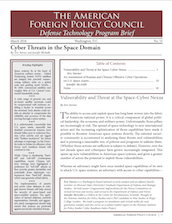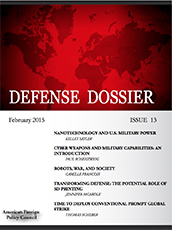Gaming To Victory: Synthetic Training For Future Combat
It looked like a video game. From the comfort of a living room couch, with TV dinners in hand, families watched as precision-guided munitions rained down with seemingly perfect accuracy on Iraqi military and civilian targets. It was Jan. 17, 1991 - the start of Operation Desert Storm - and the combination of camera equipped high-tech weaponry and night vision equipment provided viewers an action-packed front-row view into the coalition's air war. What had seemed like science fiction was now a reality.

